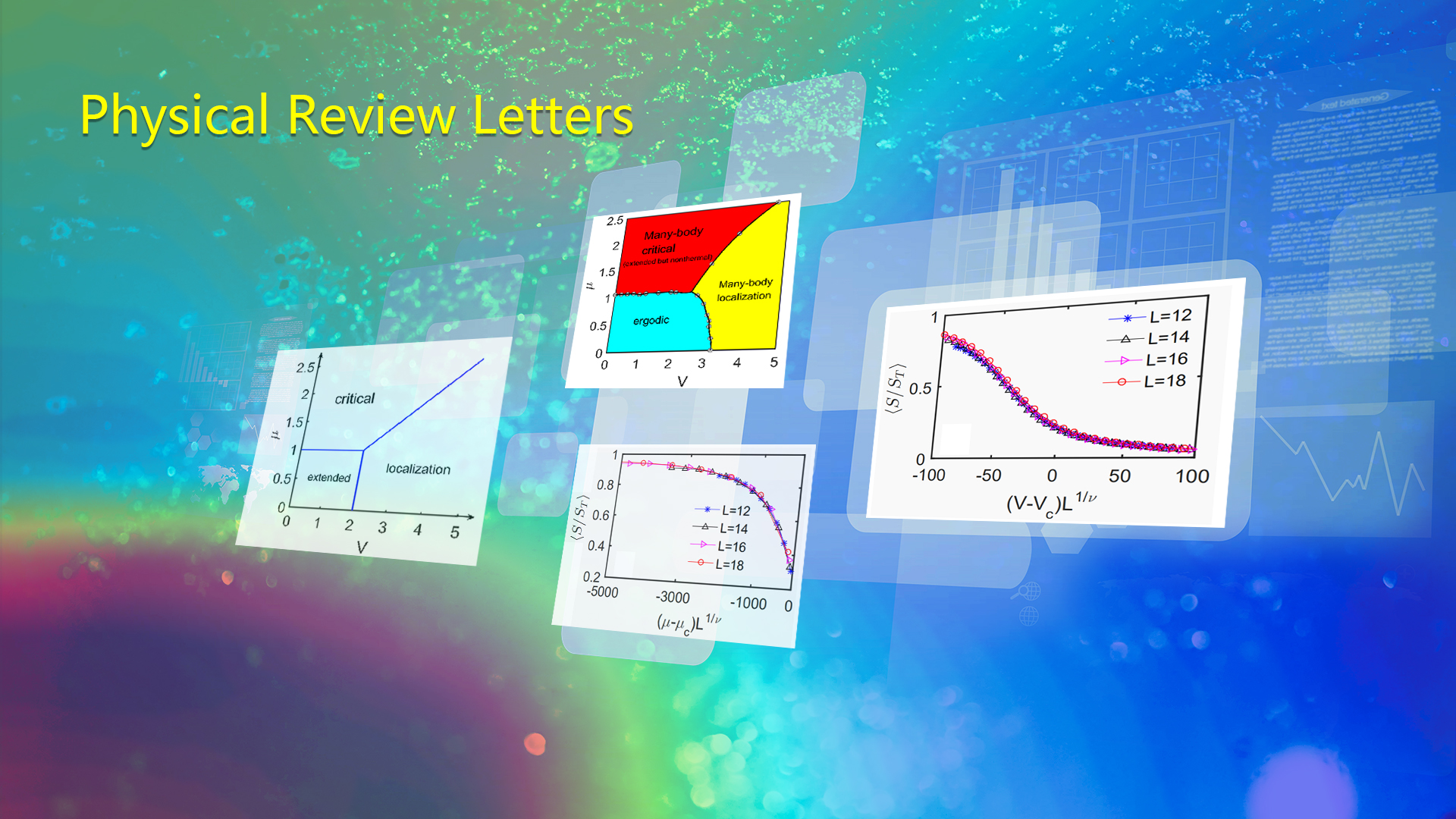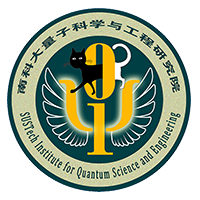SUSTech researchers predict nonthermal many-body critical phase
Recently, the Shenzhen Institute for Quantum Science and Engineering (SIQSE) at the Southern University of Science and Technology (SUSTech) have predicted a new fundamental correlated quantum phase called the many-body critical (MBC) phase, which is extended but nonthermal. The study was published in a top international journal, Physical Review Letters, entitled “Many-body critical phase: Extended and Nonthermal”.

The very extensive studies in disordered many-body systems have brought up two fundamental notions of quantum states: the ergodic and many-body localization (MBL) phases. MBL can be considered as a many-body generalization of Anderson localization. In recent years, MBL has received widespread attention. This is due to, on one hand, it can remember the local information of the initial state, which has potential applications in quantum information. On the other hand, MBL is not thermal, i.e., it cannot be described by using thermodynamic statistics.


Before this work, MBL was the only known mechanism to violate quantum thermalization and ergodicity in isolated quantum systems. For some non-interacting disorder and quasiperiodic systems, between the localization and ergodic phases, a third type of fundamental phases, called critical phases, can exist. Critical phases exhibit various interesting features, including the spectral statistics, distributions of wave-functions, and dynamical evolutions, which are different from the localized and extended phases.
An outstanding question is that, in many-body systems, is there a third fundamental type of quantum phase which is different from both the ergodic and MBL phases? Recently, the quantum critical regime has been considered and was found in a finite-size system near the transition point between the ergodic and MBL phases. However, such a critical regime vanishes in the thermodynamic limit after performing finite-size scaling analyses, hence it’s not an MBC phase. Therefore, whether there is an MBC phase in disordered systems is still an unresolved outstanding issue in quantum many-body physics and statistical mechanics.
This work has been searching for the MBC phase near the transition point and investigated the effect of interaction on the single-particle critical phase. Therefore, this work started with the extended Aubry-Andre-Harper (AAH) model, which includes the critical phase in non-interacting cases. By performing the finite-size scaling analysis, they found that there exist three phases in the AAH-Hubbard model, implying the existence of a new many-body phase, which is different from both the ergodic phase and MBL phase. This work has unveiled the basic features of this phase.
They found that the level statistics in the phase are neither Winger-Dyson for ergodic phase, nor Poisson for MBL, but can be well characterized by critical statistics, and many-body states in the phase exhibits the multifractal behavior which is similar to the single-particle critical phase. Based on the above two reasons, this new phase can be called the MBC phase.
They further studied the half chain entanglement entropy and thermalization properties. In the case of the former, in the MBC phase, it manifests a volume law scaling while the many-body states violate the eigenstate thermalization hypothesis, so the MBC phase is extended but nonthermal. The MBC phase predicted in this work has been detected in a recent experiment [arXiv: 2011. 03666]. The study of the MBC phase is undoubtedly important in understanding the nature of the transition from an ergodic phase to the MBL phase, the quantum thermalization physics, and some many-body phenomena in disordered and quasiperiodic systems.
Yucheng Wang, an Associate Researcher at SIQSE, is the first author of this paper. Xiong-Jun Liu, Professor at the International Center for Quantum Materials (ICQM), is the corresponding author. The co-authors include Chen Cheng from the School of Physical Science and Technology at Lanzhou University, and Academician Dapeng Yu from SIQSE at SUSTech.
This work was supported by the National Nature Science Foundation of China (NSFC), the Ministry of Science and Technology of the People’s Republic of China, the Department of Science and Technology of Guangdong province, Shenzhen Science, Technology and Innovation Commission, and SUSTech.
Article link:



